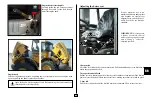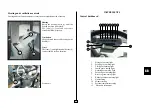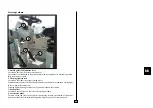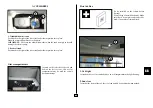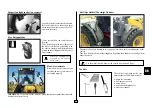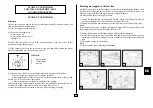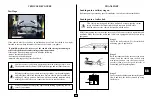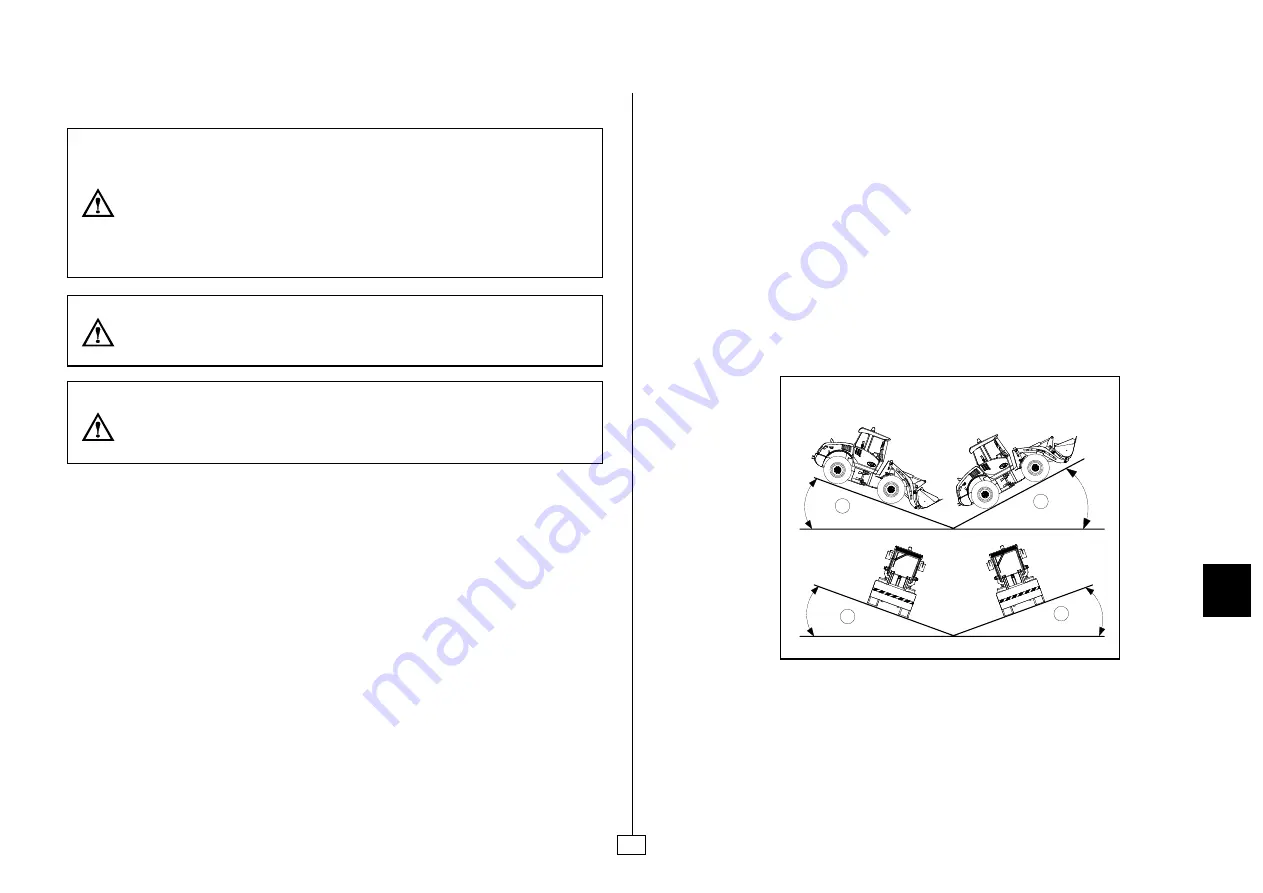
9
GB
Note A: - 25° continuous (35° intermittent max 15 sec.)
Note B: - 20° Vehicle on a horizontal surface
(not steered)
Declared performances
Working conditions
Standard use (continuous running), working temperature:
- Max
48° C
- Min
-15° C (standard vehicle)
R.p.m.
Medium: vehicle usually works at medium r.p.m and load levels, with peaks near
max.values.
Expected life-span
Provided that all the required checks, maintenance works and overhauls prescribed in
this manual are carried out, the actual vehicle life-span will be 10,000 hours. Once this
hour amount has been reached, it is not allowed to use the vehicle if not overhauled and
checked by the Constructor.
STABILITY ON SLOPES
B
B
20°
20°
Preventing burns
Battery electrolyte can cause serious burns. The battery contains sulphuric
acid. Avoid contact with skin, eyes and clothing.
Treatment:
EXTERNAL: rinse with water.
INTERNAL: drink lots of water or milk. Then drink milk of magnesia, one
beaten egg or some vegetable oil. Seek medical advice immediately.
EYES: rinse with water for 15 minutes and seek medical advice
immediately.
When battery electrolyte is frozen it may explode if you try to charge the
battery or jump-start the engine with another battery. To prevent the
electrolyte freezing always keep the battery charged.
Should the radiator cap be removed when the engine is still hot boiling
coolant could be released. Let the system cool down first, then rotate the
cap as far as the first notch and wait until pressure is completely released.
Then remove the cap.
9.63
9.
63
A
28°
20°
A


















